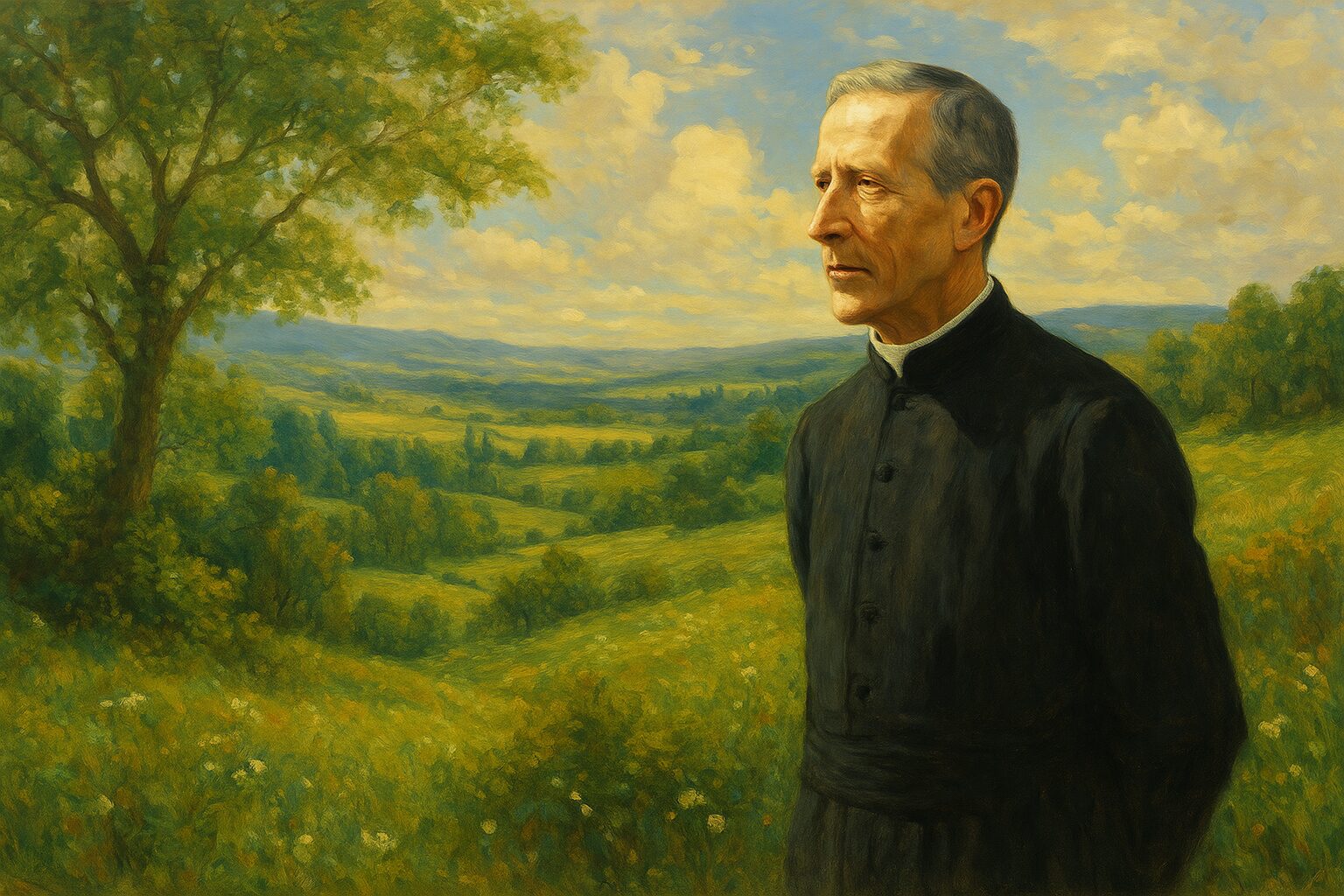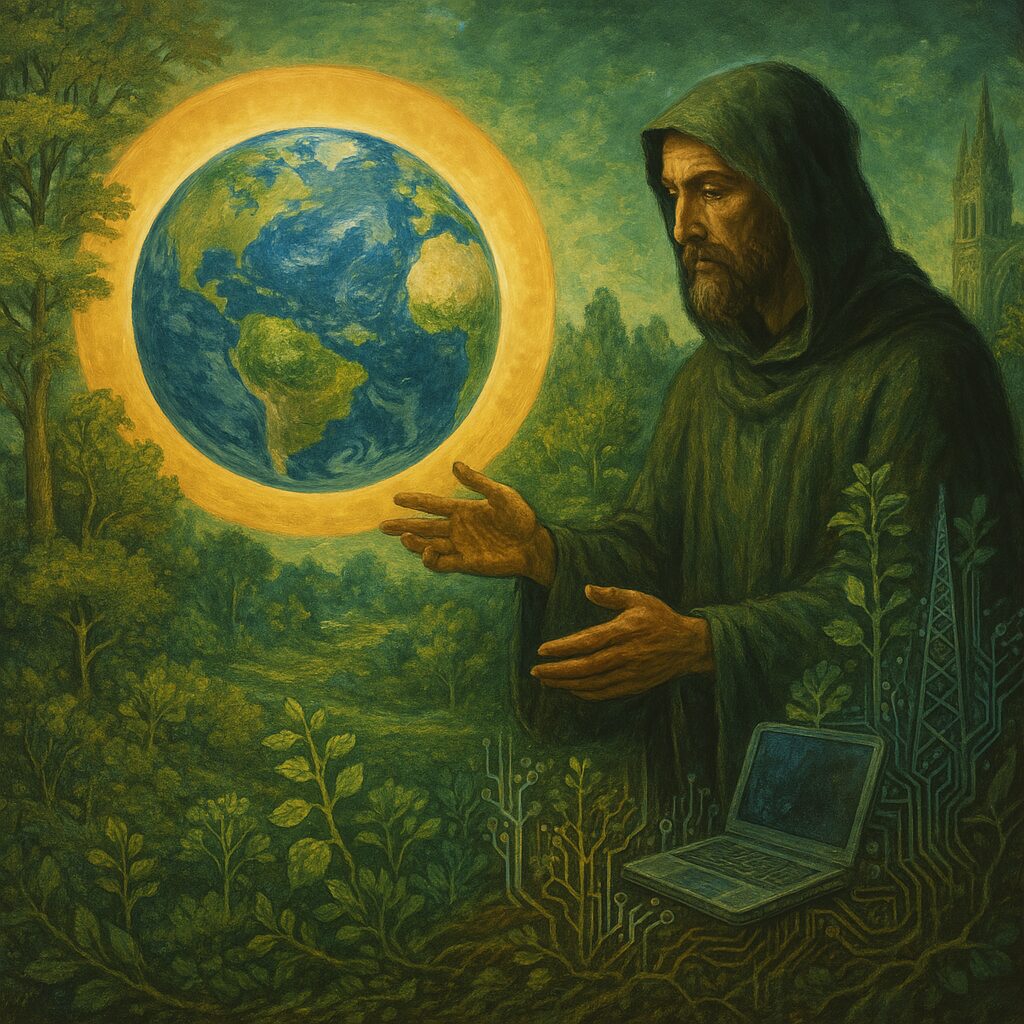“We are not human beings having a spiritual experience; we are spiritual beings having a human experience.”
— Pierre Teilhard de Chardin
✨ I. The Priest and the Paleontologist
Pierre Teilhard de Chardin, a Jesuit mystic and evolutionary scientist, lived at the radiant edge between earth and heaven, matter and spirit, science and sacredness. His was a vision that reconciled geology with God — a cosmic liturgy unfolding through time, encoded in fossils and prayers alike.
He saw the universe not as a cold mechanism, but as a living body in transformation, evolving toward a divine fullness he called the Omega Point — a mystical convergence where consciousness, complexity, and love coalesce.
🌱 II. The Pulse of Sacred Matter
Teilhard’s vision begins at the deepest root of matter. To him, the material world was not inert, but infused with grace — a “within” of spirit that pulses in atoms, in stars, in soil. Evolution was not accidental, but intentional. Creation was not a past event, but an ongoing act, a sacred procession of becoming.
The green grace of the natural world — its slow unfurling across eons — was Teilhard’s cathedral. Rocks and roots, cells and stars: all participated in the divine upsurge, a movement he called the noogenesis, the birth of reflective consciousness.
“The whole life lies in seeing.”
— Teilhard
🔥 III. Omega and the Flame of Becoming
At the heart of Teilhard’s mysticism lies the Omega Point — a culmination of evolution not merely in form, but in spirit. It is a point of unification, where all consciousness is drawn into deeper interconnection. For Teilhard, Christ was not only the redeemer of sin, but the cosmic principle guiding the evolution of love and consciousness across the universe.
This theology was not escapist, but incarnational: God is in the world, in its struggle, in its heat and pressure. Omega is the mystical flame pulling us forward through suffering, invention, cooperation, and longing.
🌍 IV. Toward an Ecological Theology
In a time of ecological collapse and existential fracture, Teilhard’s thought burns with renewed relevance. He invites us to see Earth not as a resource, but as a sacred participant in divine unfolding. To work for justice, sustainability, and communion is to cooperate with the divine evolution itself.
The future is not separate from the sacred — it is the sacred in motion.
🕊️ V. A Mysticism for Tomorrow
Teilhard’s spiritual legacy is not one of rigid dogma, but dynamic wholeness — a mysticism of hope, integration, and visionary faith. His “green grace” is not a sentiment but a cosmological insight: that everything is charged with direction, with desire, with the gravity of God.
His words are seeds. Their flowering belongs to us.
“The day will come when, after mastering the winds, the waves, the tides and gravity,
we shall harness for God the energies of love.”
— Pierre Teilhard de Chardin


